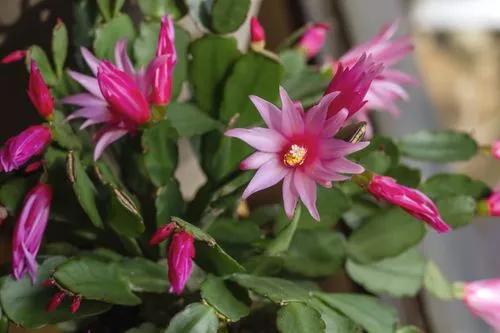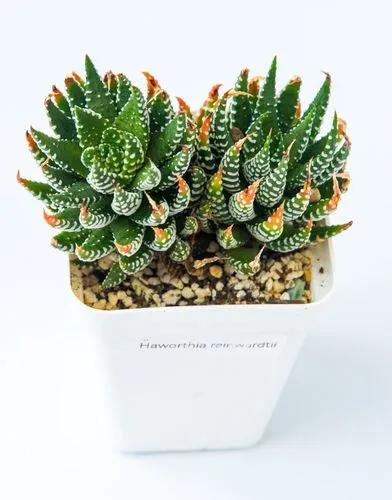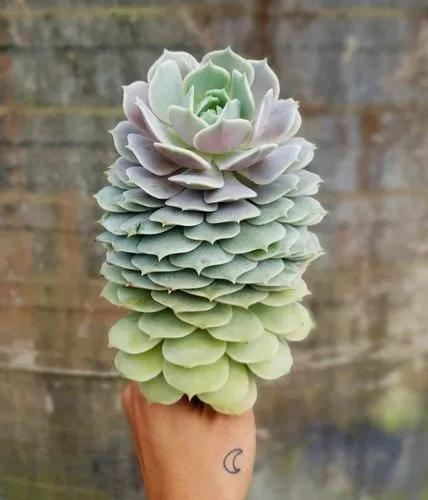Lithops is a genus of succulent plants in the ice plant family, Aizoaceae. Members of the genus are native to southern Africa. They avoid being eaten by blending in with surrounding rocks and are often known as pebble plants or living stones.
Pebble plants Care
Lithops



Individual Lithops plants consist of one or more pairs of bulbous, almost fused leaves opposite to each other and hardly any stem. The slit between the leaves contains the meristem and produces flowers and new leaves. The leaves of Lithops are mostly buried below the surface of the soil, with a partially or completely translucent top surface known as a leaf window which allows light to enter the interior of the leaves for photosynthesis. The name is derived from the Ancient Greek words λίθος (lithos), meaning "stone," and ὄψ (ops), meaning "face," referring to the stone-like appearance of the plants.
How to Care for the Plant

Water

air moisture is important for almost every houseplant, and clay pebbles can increase it for a very affordable price.. key facts for clay balls & moisture. time to set up - 5 minutes water fill-up - once/twice daily cost - a few cents effectiveness - high. a layer of expanded clay balls kept moist under your plant will work wonders. it will keep plants from getting brown tips on leaves!

Pruning

Get rid of damaged leaves and stems. This is important because damaged leaves and stems can actually be an energy drain on your plant. By removing those dead parts, you're taking some of that work off your plant’s plate and allowing it to divert its energy into healthy leaves and new growth!

Fertilizer

As with most houseplants, they will benefit from an occasional feed during the growing season. An organic, balanced, liquid fertilizer once a month during spring and summer is recommended.

Sunlight

Semi-shade location.

Soil

Loamy soil, a relatively even mix of sand, silt and clay, feels fine-textured and slightly damp. It has ideal characteristics for gardening, lawns and shrubs. Loamy soil has great structure, adequate drainage, is moisture retaining, full of nutrients, easily cultivated and it warms up quickly in spring, but doesn't dry out quickly in summer.

Temperature

Optimal temperatures for the plant are between 65-80°F (18-26.6°C). The can take heat up to 90-100°F (32-37.7°C) but do not let the temperature go below 50°F (10°C).

Container

Choose a pot with drainage holes, which also ensures potting soil doesn't stay too wet after watering your houseplants. The excess can freely escape out the bottom of the container, allowing oxygen to make its way to plant roots.

Popularity

758 people already have this plant 307 people have added this plant to their wishlists
Discover more plants with the list below
Related articles






